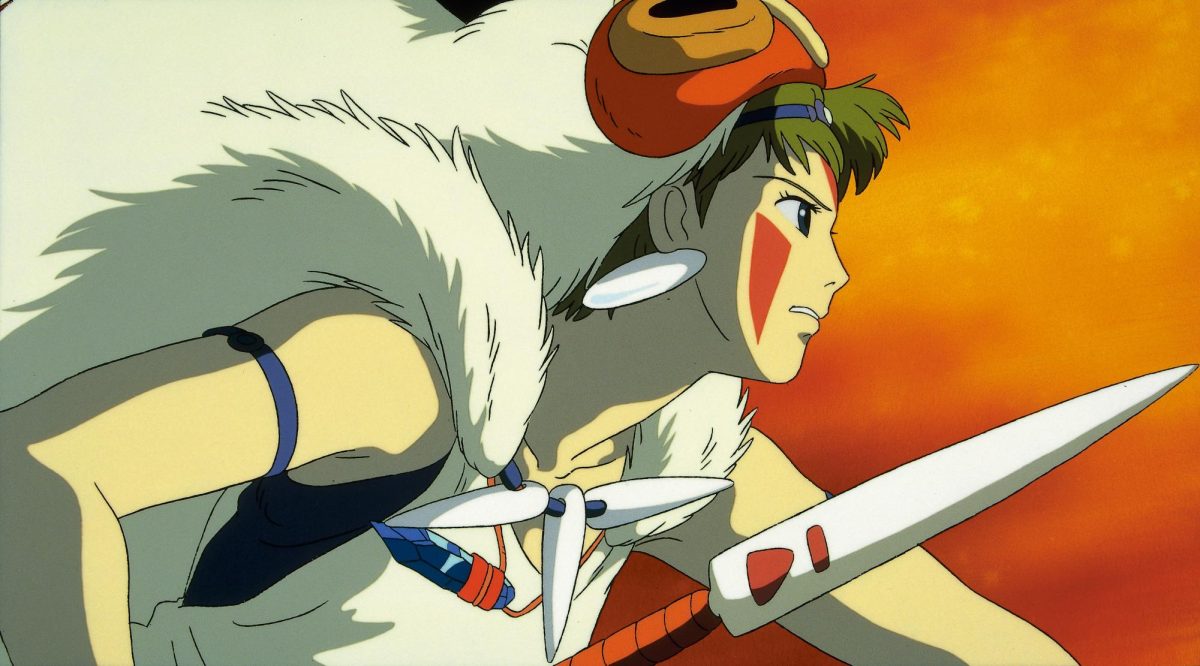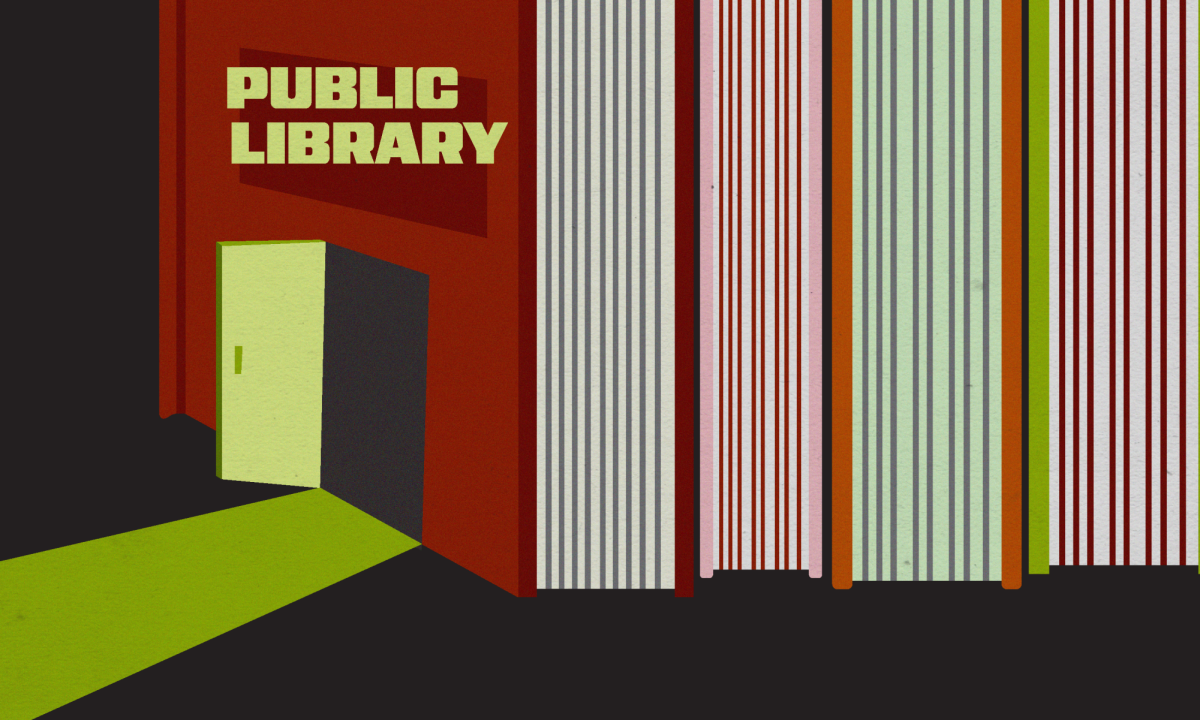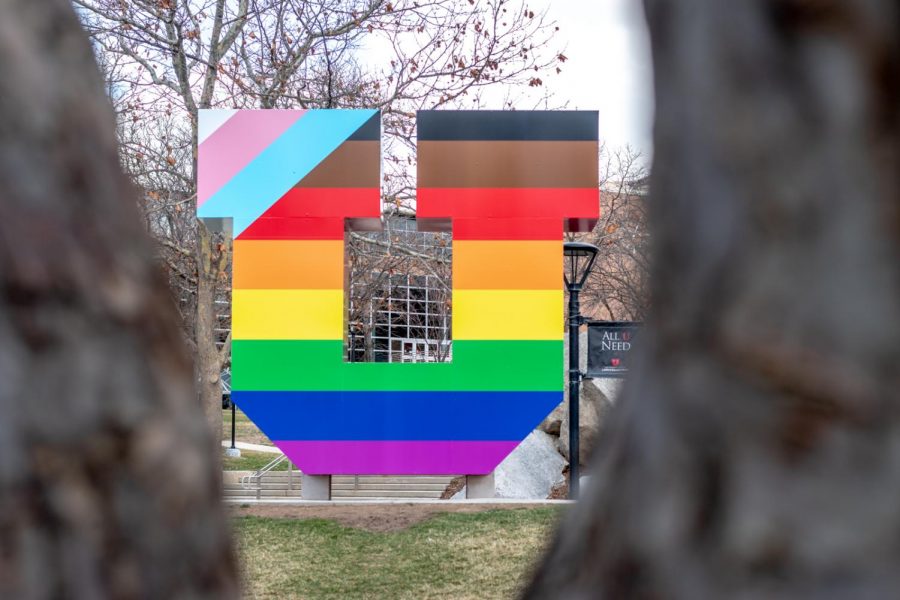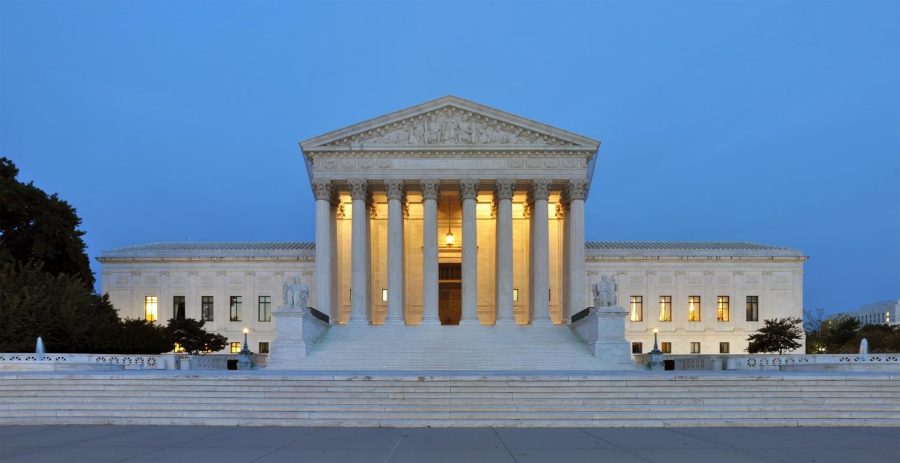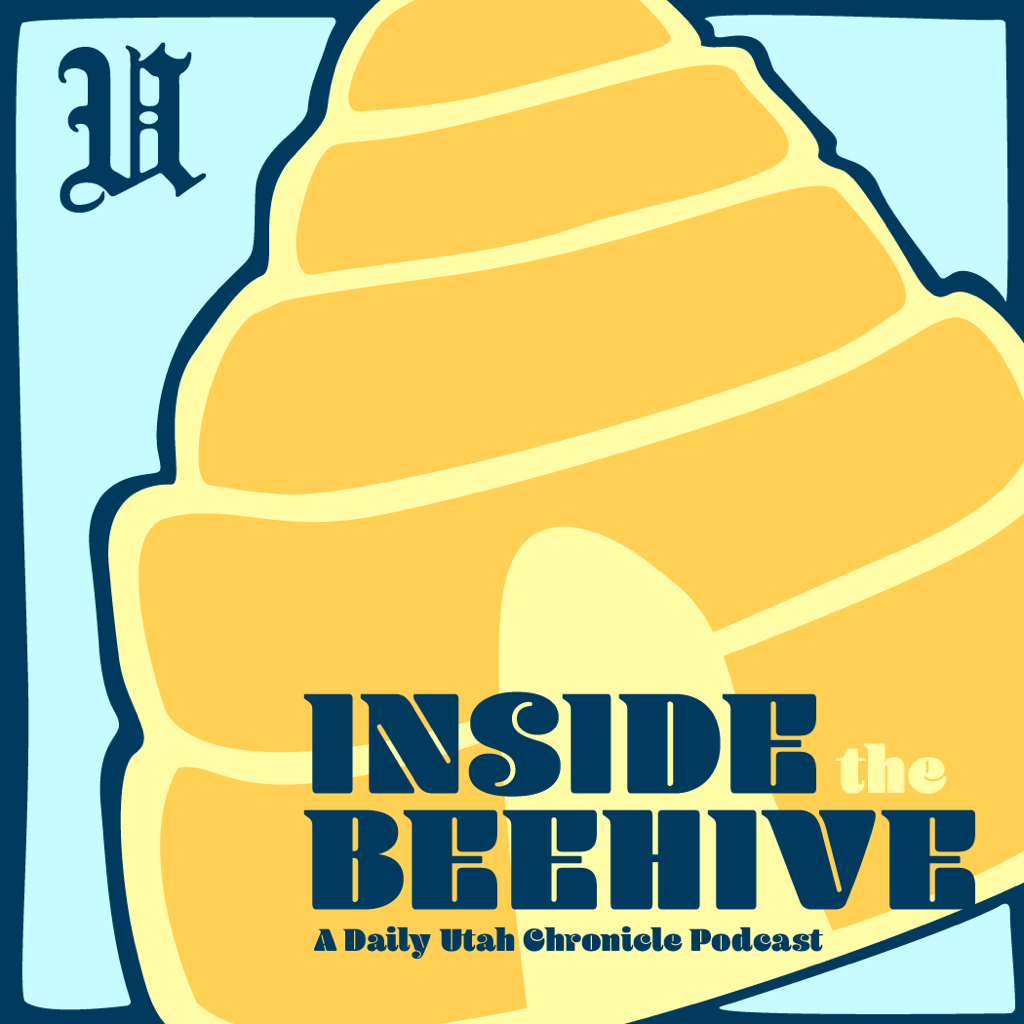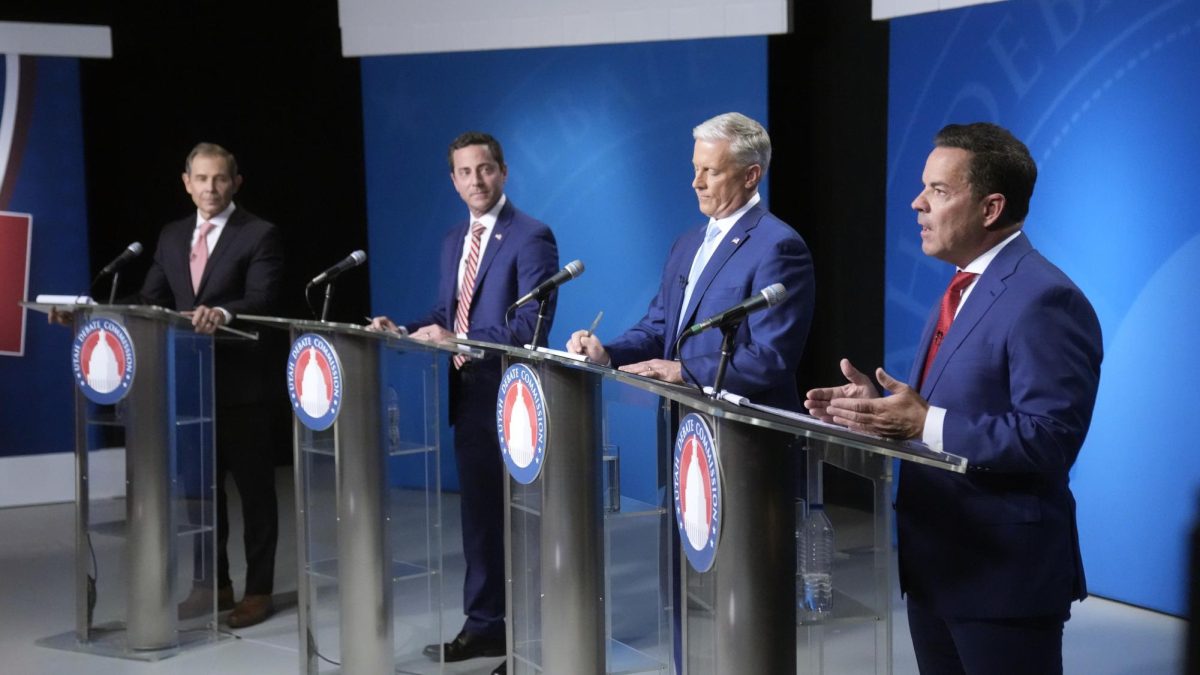“Coffee and Cigarettes”
Written and Directed by Jim Jarmusch
Starring Bill Murray, Cate Blanchett, Roberto Benigni, others
United Artists
Rated ‘R’
3.5 out of 5 stars
Inspired by Jim Jarmusch’s newest film about bad habits and good conversation, “Coffee and Cigarettes,” A&E writers Eryn Green and Foster Kamer hatched an idea…
Foster enters nonspecific coffee house. Eryn sits at a nonspecific table in the corner. Foster walks over.
F: Hey, man. Sorry I’m late, medical emergency.
E: No, man, don’t worry about it. It’s cool. I was going to order us some coffee, but I don’t drink that stuff. Bad for the heart. I got us some chai tea instead, I hope that’s cool.
F: Chai’s good. This place is cool. Come here often?
E: Sometimes. Got a smoke?
F: No, sorry. I don’t smoke. I quit. I knew this guy, he died.
E: Cancer?
F: No, school bus. He walked out and didn’t even notice the flashing stop sign. He smoked too. I don’t know, it kind of made me reassess things. I chew Nicoderm now.
Awkward silence
E: Think I could bum a piece?
F: Sure. Did you see that new Jim Jarmusch film? The one composed entirely of conversational vignettes shot between the late ’80s and now?
E: The one with the really impressive cast of actors, comedians and musicians? “Coffee and Cigarettes?” Yeah, it made me feel jittery.
F: Made me want a cigarette. What did you like about the movie?
E: Bill Murray. He was funny.
F: So were Iggy Pop and Tom Waits. Know who wasn’t funny?
E: Everyone else?
F: No. Well, yes. But no. Never mind, I forgot their names now anyway. I did like the minimal camera work, though.
E: Black and white did wonders for shot composition-if Jarmusch achieves anything in this film, it’s a unique sense of color framing. A simple visual scheme works well to underscore the wry comedy.
F: If Jarmusch had given more human elements to his dialogue, there would have been greater depth to his characters. Many characters seem too similar, too one-dimensional and that’s due to the fact that they’re all trying to do the same thing: crack a subtle joke.
E: For example, the final vignette with William Rice and Taylor Mead. It was a scene teeming with universal themes, but not boring or unexciting at all. More scenes like that-scenes that work to add elements other than simply humor-would have balanced “Coffee and Cigarettes.” As it is, it’s a lopsided movie. It’s almost tragic that Jarmusch saved some of his best for last; by that point, its impact is lessened by the preceding 80 minutes of homogeny.
F: “Coffee and Cigarettes” starts fresh with the original Roberto Benigni and Steven Wright pilot, but Jarmusch goes wrong when he tries to maintain a short-film feeling throughout a full-length feature. The movie is just more than 90 minutes long, and while none of the vignettes outstay their welcome when viewed alone, they’re tiring when viewed back-to-back.
E: The film is its own worst enemy. There are so many essential stories-Alfred Molina and Steve Coogan’s familial lineage is hilariously awkward and Cate Blanchett’s conversation with herself is incredible, but there’s almost an equal amount that could have been left out.
F: Had Jarmusch been less indulged, he could have made a perfectly solid, funny, moving 60-minute film that didn’t-pardon the pun-drag on.
E: Still, the good in the film outweighs the bad. Much of the dialogues comes off as charmingly unscripted (mostly because much of it is-Jarmusch reportedly wrote some scripts at the last minute and didn’t give them to the actors until the day of shooting to achieve an impromptu sense of conversational realism) and almost every actor-except for those damn White “kids”-delivers a solid performance.
F: The primary problem is in the weaker chapters that run too dry on the humor, and too weak on substance. They tend to lukewarm this “Coffee.” spacing apart the better scenes and ultimately slowing down an otherwise stimulating film.



